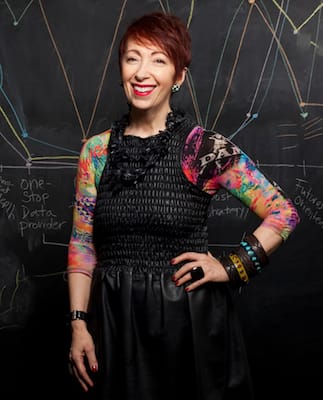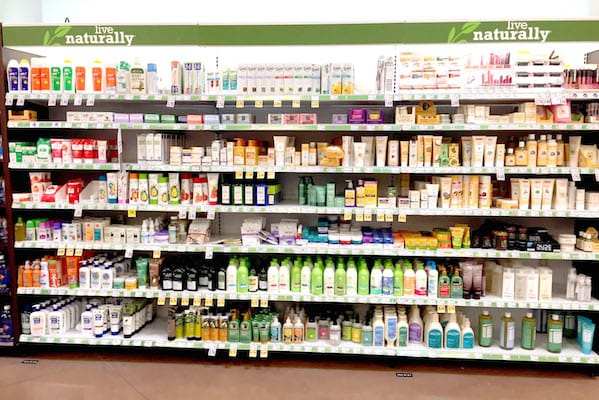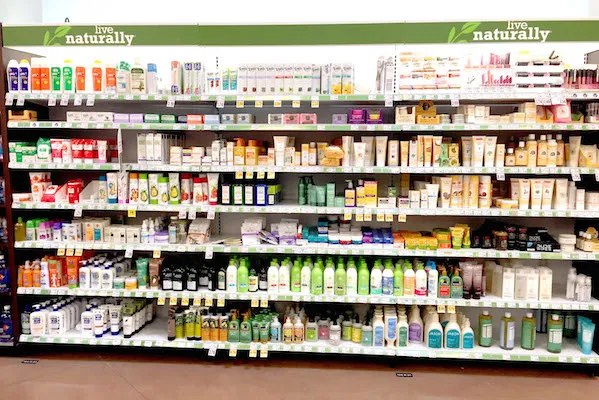The continuous roller coaster of retail sales results could make even the greatest optimist weep.

Wendy Liebmann, WSL/Strategic Retail
In recent months, when retailers like Macy’s, Nordstrom, Kohl’s, J.C. Penney and Target reported less than stellar results, it was hard not to take on a Chicken Little view that the sky was falling.
Retailers blamed a variety of factors: shopper malaise, the uncertain economy and the weather (always a safe excuse). Some blamed shoppers’ penchant for saving money, or spending on what they need rather than want, or preferring to spend on experiences rather than things. Others, still, blamed Amazon. (Actually, just about everyone blamed Amazon.)
These reasons, all valid, point to the complexity of what’s happening at retail. For this is not an intermittent blip. This is foundational, fundamental, transformational.
While many retailers have not yet recognized this, what gives me great hope is that there are many who have — many who recognize that the old order will not return and so are building new retail fundamentals, based on what shoppers want to spend their money on now. Here are just a few examples.
Kroger recently opened a 200,000-square-foot store in Cincinnati. The store looks a lot like a traditional supermarket at first blush, but at closer view it is filled with innovation.

One of the standouts is a wine bar where shoppers can have a drink, learn about wines or find the perfect wine pairing for a meal. If shoppers are short of time, they can find the right wine fast with help from well-described solutions in the aisles. If they have more time, they can sit and sip, as several were doing on a late Thursday afternoon. (Who would have thought the local grocery store would be a place for that?)
There’s an expanded mix of organic options throughout the store — not only in food but also in health and beauty. Which shows that Kroger management is wisely thinking beyond its grocery heritage to the implications of the trend in all aisles.
The store also offers a well-edited selection of apparel and home goods. For busy parents, this can save a trip to the local big-box discounter or mall. It has very large pet and baby departments, which is smart because these are not only categories people are willing to spend on today but also, according to our How America Shops 2016, “Switch Swap Trade” study, categories that drive loyalty to retailers.
Kroger also offers many of the now expected technology options, such as “click and collect” and self-service checkout.

Natural and organic health and beauty aids are featured at Kroger’s new 200,000-square-foot store in Cincinnati.
What continues to make Kroger one of the most successful retailers in the world is that it is responding to what shoppers will spend their money on now and how they want to spend it. In all, it doesn’t assume it will continue to grow by offering the same assortment, services and experiences it has for decades.
Whole Foods Markets recently opened its first new “365” concept in Silver Lake, a hipster neighborhood of Los Angeles — the right place to offer a balance of “fashion and frugality” (my words, not theirs). This smaller format offers a very edited mix (7,000 SKUs versus the usual 40,000 to 50,000) focused on its lower priced 365 brand products, along with healthy, organic produce and fresh options. It’s all offered in a pared-down presentation.
To keep costs lower, the store is more self-serve (100 staff versus the usual 250 to 500). Meat is prepackaged (no butchers), and produce is merchandised in original shipping cartons. Its featured restaurants include By Chloe (vegan, New York-based) and Allegro Coffee Roasters.
Time will tell if this concept works, if shoppers will accept less to pay less. But give credit where it’s due: the retailer recognizes that if it is to grow and stay ahead of competition it needs to address the continuing spending concerns of American shoppers, especially younger Millennial families.
Starbucks continues to innovate on all cylinders: “fashionable” flavors, mini Frappacinos, the $8 “Fuel Your Day” lunch and efficiency. The retailer recognizes that its growth will depend on more than the latest beverage or food innovation — that efficiency is as important as product. Concerned that the five-minute coffee line may be too long for some, it now offers ordering online and pickup in the store, as well as door-to-door delivery in some locations.
Kith, the Brooklyn-based men’s fashion retailer that sells high-trend, high-price sneakers, also has the fanciest cereal aisle you’ve ever seen called Kith Treats. It offers cereal — men’s favorite breakfast food — in limited-edition mini shoeboxes. Shoppers can customize their own cereal mix: two cereals for $6, three for $7. There are whimsically themed cereal mixes, e.g., The Agassi (named after tennis star Andre Agassi). There’s even an ice cream cereal. It’s a smart example of how to increase trip frequency, and it perfectly reflects the lifestyle, mind-set and wallet of its shoppers.
I didn’t intend to write so much about innovation in food retail, but there’s so much going on it’s hard not to. And much of it can be applied to other categories and other types of retail.
Healthy lifestyles are also where people are willing to spend today. In our 2016 How America Shops MegaTrends survey, “Buying Happiness,” buying wellness products is No. 6 on women’s list of spending priorities, ahead of apparel and beauty. Like food, there is an increasing number of retailers, categories and brands jumping in.
Customized health care is of growing interest to shoppers who want more than typical off-the-shelf options. Wellpath is a digital service where shoppers fill out a questionnaire and define their health goals and, for a monthly fee, their personalized solutions of vitamins and shakes are delivered to the door — each product with the customer’s name printed on it.
Athleisure has been one of the hottest fashion trends in recent years. Driven by Lululemon and its yoga-styled communities, fitness apparel is now sold everywhere, from the Gap to Victoria’s Secret to Target to Uniqlo. Dick’s Sporting Goods recently opened the female-focused Chelsea Collective, which has an extensive selection of brands and services from bra fitting to gait analysis.
Australia-based global fitness retailer Lorna Jane has taken fit fashion to another level with a more holistic health approach. She offers fitness fashion and Nourish Cafés in her stores, fitness classes in airports, and a guru-style web presence, where she beckons her followers to “Move, Nourish, Believe.”
On the healthy beauty front, the U.K. retailer Organic Pharmacy brings pharmacy and homeopathy to beauty, with its offer of skin care, herbs and supplements (many personally blended), and facials now available in its Greenwich Village, New York City, storefront.
Health is where shoppers are willing to spend, and where there is a lot of innovation going on. Even department stores have put health on their list of opportunities. In a recent analyst’s call Macy’s CFO Karen Hoguet said the retailer was working to “test some concepts, one of which actually is … health and wellness.” Drug stores, pay attention please.
I’ve barely mentioned Amazon except as the “dog ate my homework” excuse many retailers continue to use as the rationale for their struggles. That can no longer stand. There’s too much opportunity to lay all the blame on Amazon. If anything, Amazon has challenged companies to innovate around a value proposition that goes beyond price to deliver an experience that Jeff Bezos has long said is all about being customer centric. Wise advice from a visionary who lives by retail’s new fundamentals.
Wendy Liebmann is chief executive officer of WSL Strategic Retail, a New York City-based consulting firm that specializes in shopper insights and retail strategy.







